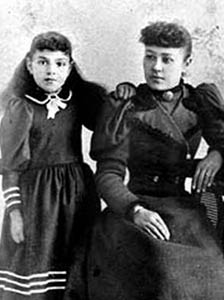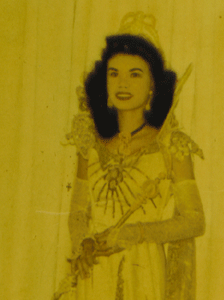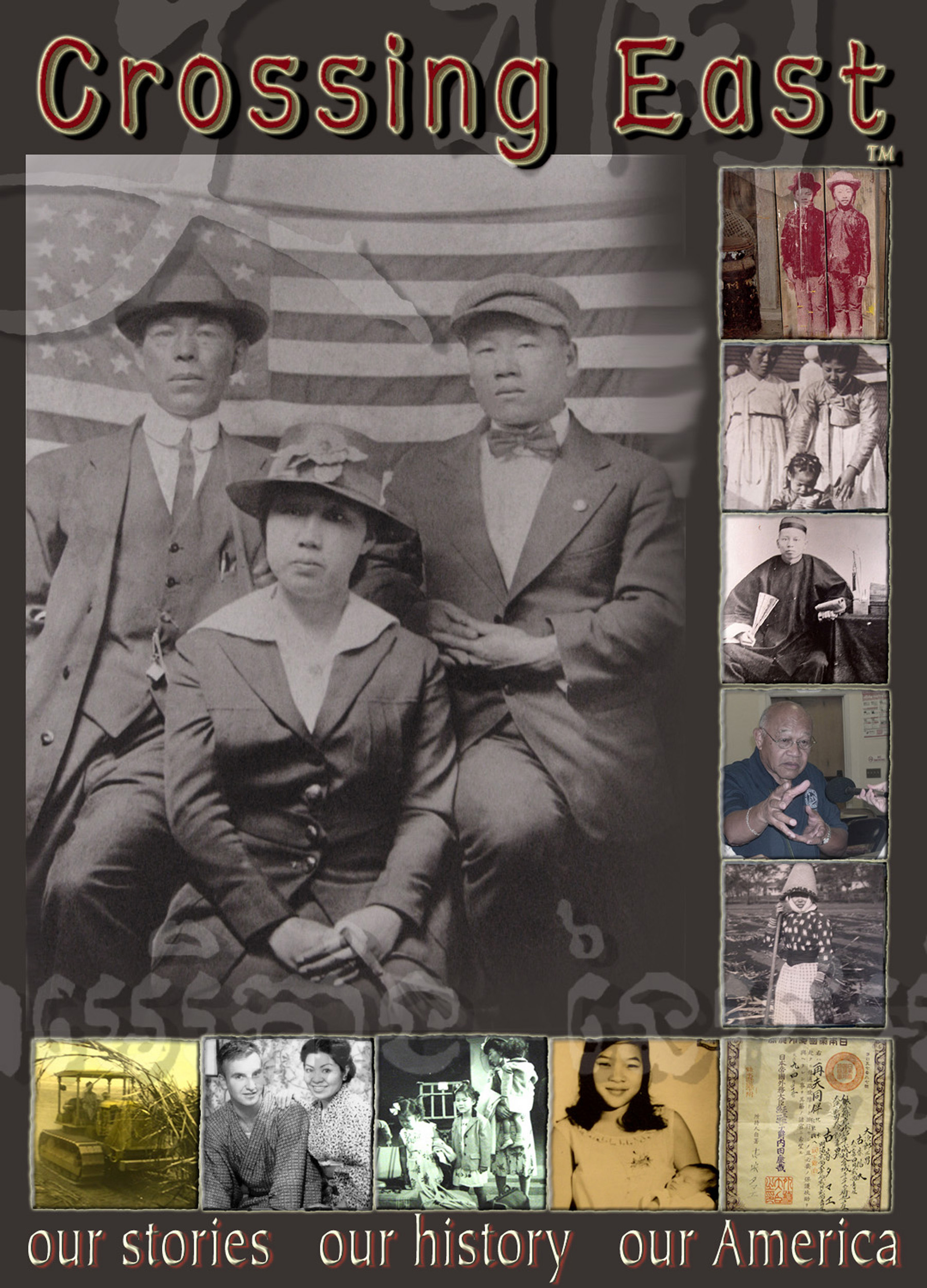International trade brought early Asian travelers to the Americas. Crossing East brings you the previously untold stories of quests for adventures and of hardships in the new land.
Listen: Crossing East Program 1 – First Contacts
 Segment One: Unsung Sailors
Segment One: Unsung Sailors
The first recorded Chinese in North America arrived as sailors. They came as ‘men before the mast’ on Spanish galleons, as sailors to East Coast ports, and as shipbuilders to the Northwest Coast. China has a strong seafaring tradition, and in the 1700s, long before the California Gold Rush drew opportunists from all over the world, it was the sailors from China who made their way to the new country of America.
Acknowledgments:
Thanks to interviewees Professor Jack Tchen of New York University and Bob Kennedy & the crew of the Lady Washington. Also thanks to Larry Wong for research information.
The sailor was played by actor Jason Wong.
Produced by Sara Caswell Kolbet
Unsung Sailors Archival Material
 Segment Two: Kanaka Village
Segment Two: Kanaka Village
Western fur pelts could sell for as much as a 3-thousand percent profit in China in the 1700s. Many British and American companies, while fighting over the territory of North America, hired anyone they could find to trap and transport those furs, including many Hawaiians. Hawaiian coral can be found mixed together in the foundation bricks of an excavated building in Fort Vancouver, Washington. This fort was the main supply depot and headquarters for Hudson’s Bay Company’s fur trading business. Fort Vancouver was built in the early 1800s and is one of the only physical reminders of the importance of Hawaii and Hawaiians in the making of the Pacific Northwest. But there are other reminders: the town of Aloha, the Owyhee River. There are also memories of people whose Hawaiian ancestors crossed east to settle in America long before other settlers crossed west.
Acknowledgments:
Professor Timothy Ball, Professor Jean Barman, Larry Bell, Suzan LaGrove of The Hudson’s Bay Company Museum, Marie Kalama & The Kalama Family, Tom Koppel, Rick Lebus, Mayor Pete Poulson & the City of Kalama, Cathy Roland, Bruce Watson, Archaeologist Doug Wilson & the Fort Vancouver Historical Reserve
Produced by Sara Caswell Kolbet
Kanaka Village Archival Material
 Segment Three: Manilamen
Segment Three: Manilamen
Lillian Mae Faxon is a seventh generation Filipina in Louisiana. Her family represents a chapter in American history that’s often overlooked. Few have heard the story of the Manila Men, the first Filipino explorers in America. When we think of Asian history in the New World, the Chinese laborers who built California’s railroads usually come to mind. That was in the early 1860s. But there’s evidence America’s first contact with Asians was much earlier than that.
Acknowledgments:
Fred and Dorothy Cordova of the Filipino American National Historical Society, Nestor Enriquez, Marina Espina, Gary Okihiro, Isabel Gedoria Welch, Lillian Mae Burtanog Faxon, Joyce Burtanog Pascual, Rhonda Richoux Fox
 Segment Four: Bitter Strength
Segment Four: Bitter Strength
The first English ship came to China in 1626. And the English became addicted to Chinese tea. By 1785, the English East India Company paid China 35 million pounds sterling per year for it. Most of Britain, America and some other European countries loved their tea. But rather than pay cash, they wanted to trade with China. But China didn’t need any goods. It was growing increasingly wealthy from tea sales. So Britain began selling Indian opium to China. And the British used their profits to buy tea. The opium trade was not legal in either country, and China fought back. Thus began the Opium Wars.
Acknowledgments:
Professor Jack Tchen, Professor Judy Yung, and Actor Jason Wong.
